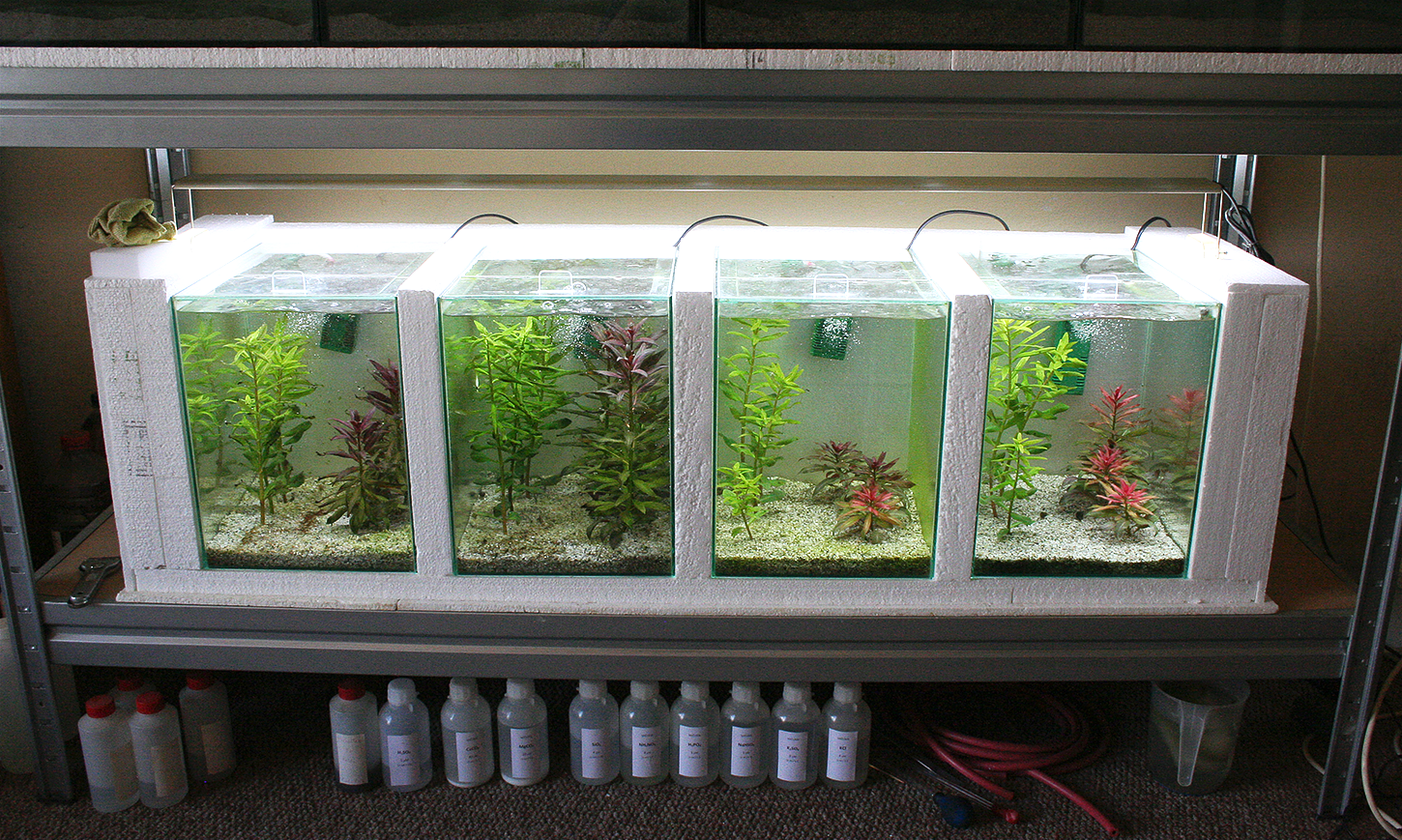All intresting stuff. But... what effect does this have on the plants; negative/positive?
Asking for a friend 😀
Well, I am not an expert in that part

The original question was whether the CO2 would change the KH. It should not, but more CO2 is probably good for plants. If you dose an acid to reduce the pH, the KH will be changed permanently (
with a temporal CO2 increase).
To add a bit more detail to the CO2 injection:
This is the reaction when CO2 is injected and HCO3- is produced:
CO2 + H2O <----> H+ + HCO3-
Intuitively, it would seem that the more CO2 you add, the more HCO3- will be produced. Thus, it should increase the KH. However, it has to be noted that H+ concentration is in a different concentration range than the HCO3-. So when 0.001 mM H+ is created in water with a pH of 7, then pH would decrease to 6, while HCO3- concentration increases with 0.001 mM. That is about a 0.002 dKH unit increase, which is usually negligible.
But then, if there is another buffer (phosphate or humic acids) in relatively high concentration, compared to HCO3-, that "sinks" the created H+ in the above reaction, the HCO3- concentration would increase significantly (since the equilibrium in the above equation will be reached anyways). The KH increase depends on the capacity of these other buffers (how much H+ they can bind/"sink" at the given pH). But I guess the alkalinity, what we measure when determining the KH, would remain the same even in this case . ?



